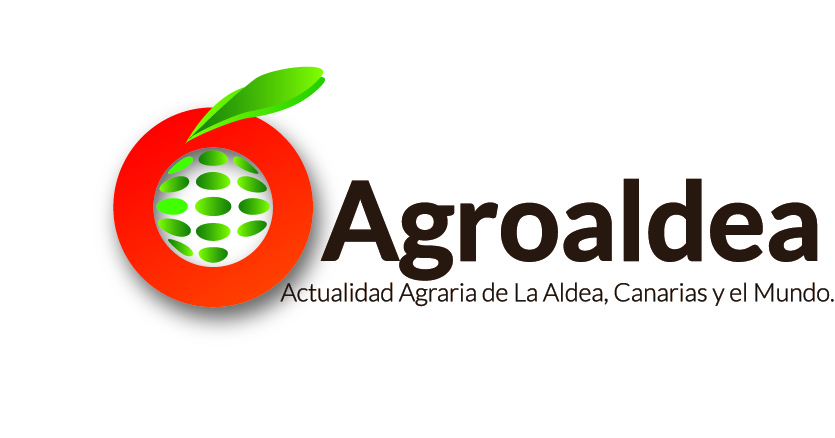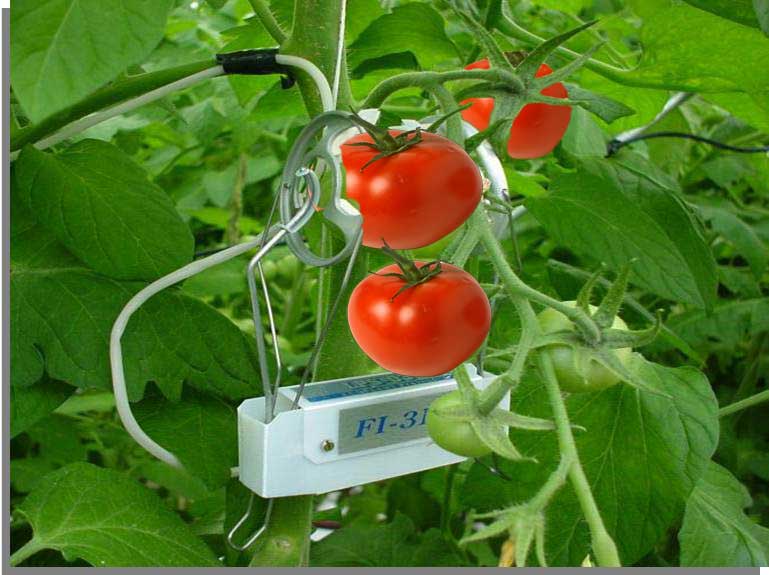 After the analyzes, specialists have concluded that, In addition to improving the production of certain crops and reducing up to 50% The consumption of water, require little specific training by the farmer.
After the analyzes, specialists have concluded that, In addition to improving the production of certain crops and reducing up to 50% The consumption of water, require little specific training by the farmer.
Researchers from the Irrigation and Crop Ecophysiology group of the Institute of Natural Resources and Agrobiology of Seville (IRNAS-CSIC) have proven benefits, in terms of profitability, water saving capacity and reliability of precision irrigation methods in commercial plantations.
IRNAS researchers have analyzed the main characteristics of three precision irrigation methods used today in agriculture and based on sensors that allow irrigation to be programmed automatically from any computer or mobile device.
In the study, published in Agricultural Water Management magazine, expert authors have described the benefits of using these systems, which in turn “uses the plant as a 'biosensor' that provides very useful information for irrigation programming, since it is based on its own response to the water conditions on the farm at all times”, explains project leader, Jose Enrique Fernandez, IRNAS researcher.
Experts have also identified these methods as reliable and profitable for application on large farms.. “After analyzing the price, the installation and maintenance needs and their complexity when interpreting the information recorded by each of them, It can be affirmed that these are appropriate methods and accessible to any user for irrigation control in this type of plantations”, says Fernandez.
Another of the conclusions of the work is the possibility of generating new controlled irrigation options aimed at improving crop production.. "These systems -says Fernandez- make irrigation cheaper without affecting its productivity and give rise to, in cases such as the olive tree or the vine, to an increase in the quality of both olive oil and wine, products that improve with moderate or deficit irrigation”.
The team has evaluated parameters related to water stress, as the amount of water that each tree consumes per day, variations in the diameter of its trunk or the potential for turgor in the leaf. In this sense, the study collects the experience of more than a decade of work in the cultivation and analysis of three irrigation methods in different species of fruit trees, common in the province of Seville, like the olive tree, almendro, plum and orange.
In the first method, the experts quantified the amount of water that the trees consumed during the day using a set of needle-shaped sensors that they inserted inside the trunk. "The sensors allowed us to quantify the sap flow of the crop and deduce if the available water was adequate", the author points out.
In order to analyze the second irrigation method, they used precision dendrometers, i.e., sensors that are attached to the outside of the trunk and calculate how much its diameter decreases when there is a lack of water and how much it increases when irrigation is abundant. “Based on the values of this variable, we determine the degree of water stress of the tree and, Therefore, the need I had for water”, holds Fernandez.
Finally, the evaluation of the third method, also related to tree hydration, consisted in analyzing the turgor potential in the leaf. Highly accurate pressure sensors were used, after attaching them to the leaf surface, They allowed to evaluate how hydrated it was and determine if the tree was well watered or not..
These results have allowed to open lines of work with the aim of establishing new protocols for the automatic irrigation of different types of plantations., including large farms with high soil and crop variability. “It is about automatically calculating the dose and frequency of irrigation. To do this, we intend to create an application that uses the information from this type of method to activate the pump and solenoid valves of the irrigation system”, says the investigator.
At the moment, the team is also working on the implementation of warning systems for farmers through applications for mobile devices that inform with messages about the most appropriate amount of irrigation water at each moment of the day.. This information would come from the records previously obtained through the use of the different methods evaluated in the study..
The results are the result of several research projects, among which are the projects Controlled deficit irrigation of high-density olive groves: automatic programming based on the physiology of the plant and the economics of crop management and improvement of oil quality in hedgerow olive groves through irrigation strategies, financed by the Ministry of Economy and Competitiveness and the Ministry of Economy, Innovation, Science and Employment of the Junta de Andalucía, respectively.

